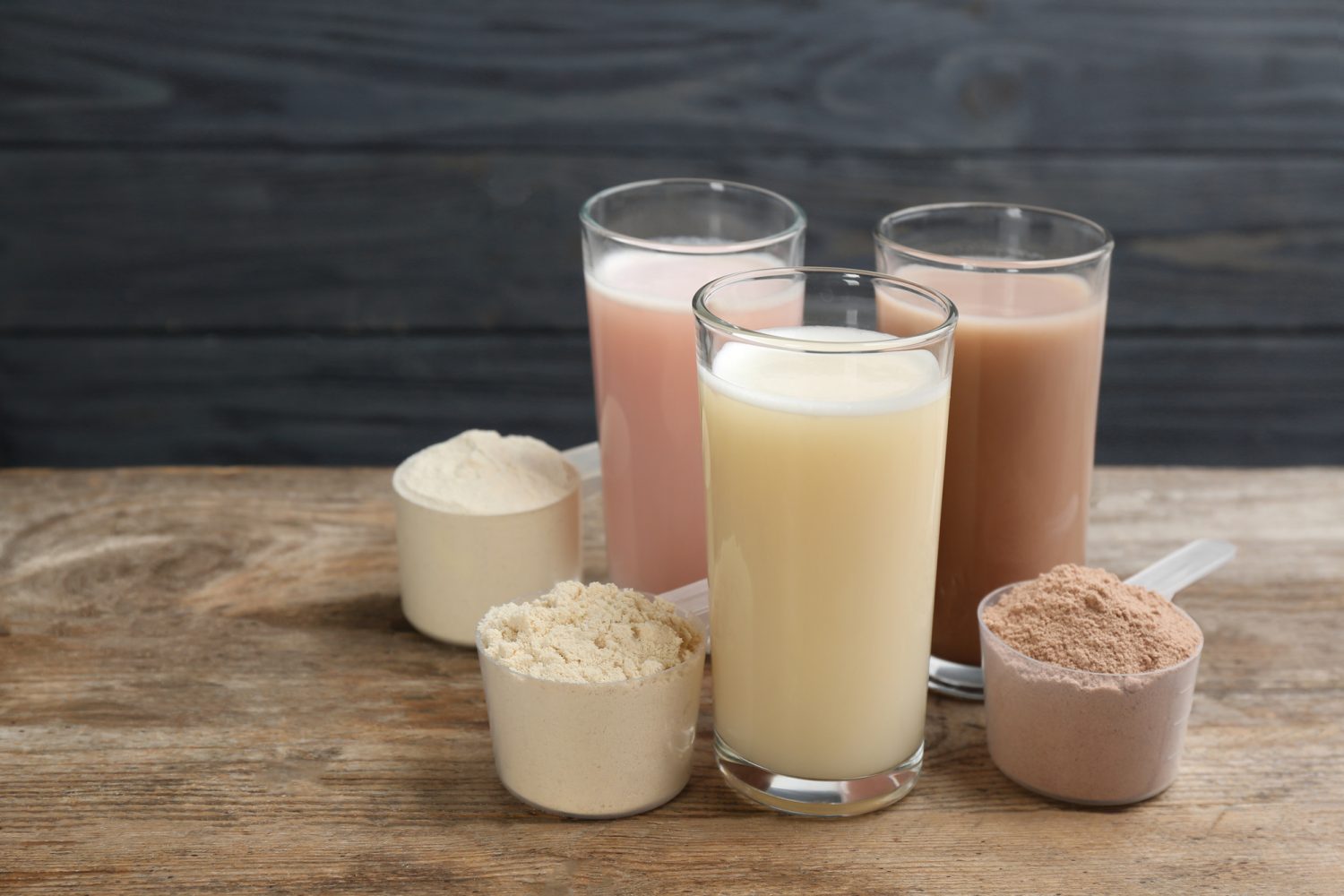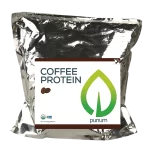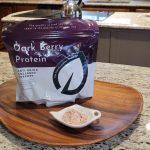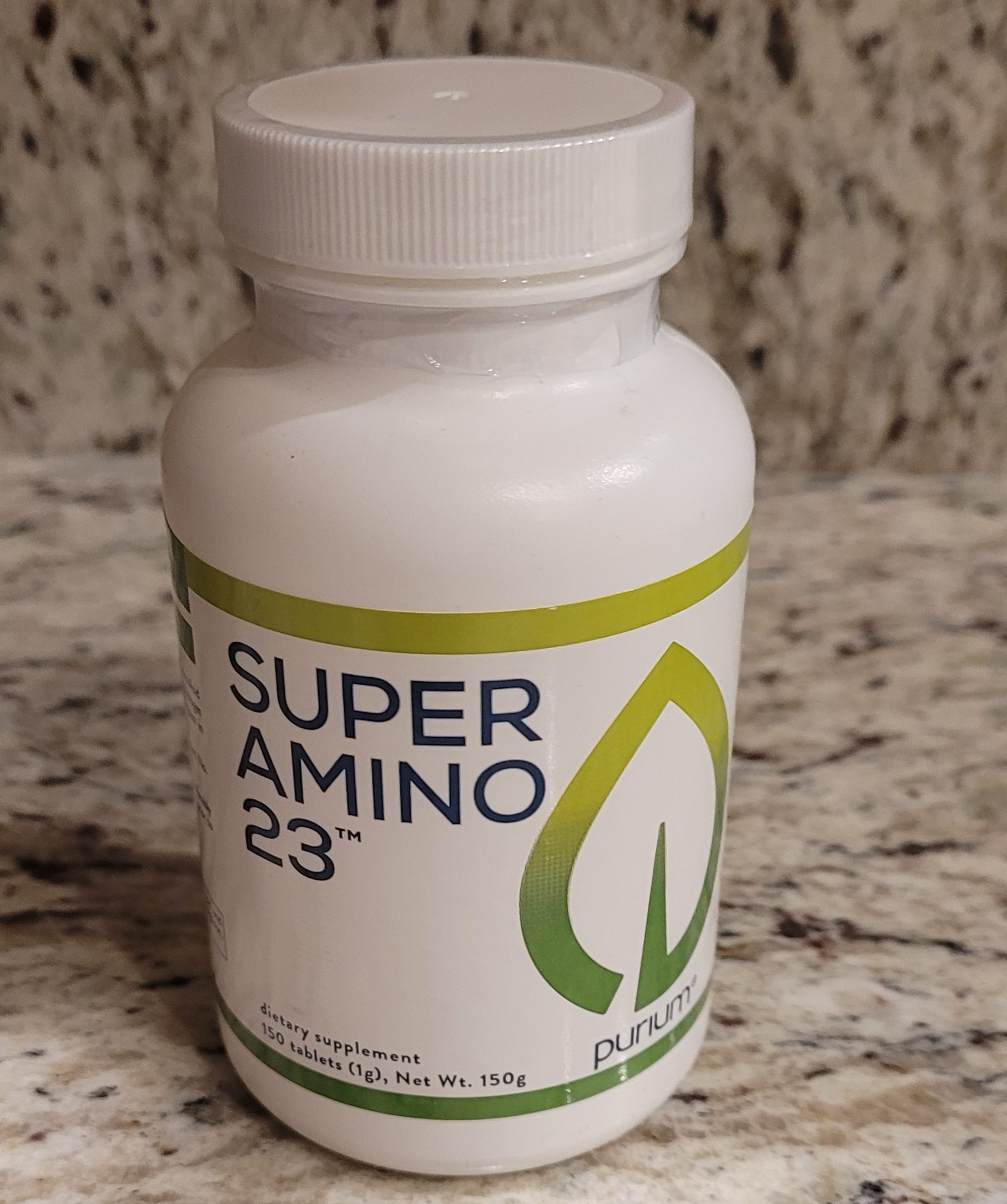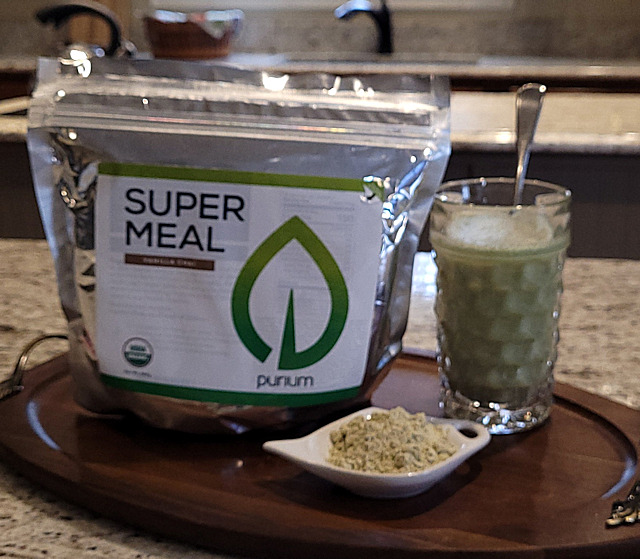When it comes to nutrition and fitness, there are a lot of different products on the market that claim to help you achieve your goals. One of the most popular categories of products is shakes, which come in many different forms and serve different purposes. In this article, we will explore the differences between meal replacement shakes, protein shakes, and recovery shakes.
Meal Replacement Shakes

First, let’s start with meal replacement shakes. Meal replacement shakes have become increasingly popular in recent years as a convenient and nutritious option for those looking to lose weight, build muscle, or simply maintain a healthy diet. These shakes are designed to replace one or more meals throughout the day, providing a balanced source of nutrition that can be easily consumed on-the-go.
One of the key benefits of meal replacement shakes is their ability to control calorie intake. Many people struggle with portion control, which can lead to overeating and weight gain. Meal replacement shakes provide a pre-measured serving size, making it easy to stay within your daily calorie limit. Additionally, many meal replacement shakes are formulated to be low in calories, making them an excellent option for weight loss.
Another benefit of meal replacement shakes is their convenience. They can be easily prepared and consumed on-the-go, making them a great option for busy individuals who may not have time to prepare a full meal. They can also be taken as a mid-day snack, helping to curb hunger and keep energy levels up.
Meal replacement shakes are also a great way to get a balanced source of nutrition. They typically contain a combination of protein, carbohydrates, and healthy fats, as well as vitamins and minerals. This can be especially beneficial for those who may not have the time or resources to eat a balanced diet. Additionally, many meal replacement shakes contain added fiber, which can help with satiety and digestion.
Athletes and bodybuilders also commonly use meal replacement shakes to fuel their bodies before or after a workout. The shakes provide a convenient and balanced source of nutrition that can be easily consumed before or after a workout. They also often contain additional ingredients such as creatine, beta-alanine, and other performance-enhancing ingredients that can help to boost athletic performance.
However, it is important to note that not all meal replacement shakes are created equal. Some may be high in sugar, artificial ingredients, and other undesirable substances. It is important to read the ingredient list and nutritional information before purchasing a meal replacement shake to ensure that it aligns with your dietary needs and goals.
In addition, it is important to note that meal replacement shakes should not be used as a sole source of nutrition. They are intended to replace one or more meals throughout the day, not to replace all meals. It is important to continue eating a balanced diet that includes whole foods such as fruits, vegetables, and lean proteins.
Protein Shakes
Protein shakes, on the other hand, are designed to provide a quick and easy source of protein. They are a popular supplement used by many individuals looking to increase their protein intake and support muscle growth. They can be made by blending protein powder with liquid, and often include other ingredients such as fruits, vegetables, and flavorings.
Protein is an essential nutrient that is required for the growth, repair, and maintenance of all the body’s cells, including muscles. It is made up of amino acids, which are the building blocks of all proteins. The human body needs 20 different types of amino acids, 11 of which can be produced by the body and 9 of which must be obtained through the diet. These 9 amino acids are called essential amino acids and are found in foods such as meat, fish, eggs, dairy products, and some plant-based sources such as quinoa, hemp seeds and soy.
 Protein shakes are an easy and convenient way to increase your protein intake, especially for those who struggle to get enough protein through their diet. They are also an ideal option for athletes and bodybuilders who need to consume large amounts of protein to support muscle growth and recovery.
Protein shakes are an easy and convenient way to increase your protein intake, especially for those who struggle to get enough protein through their diet. They are also an ideal option for athletes and bodybuilders who need to consume large amounts of protein to support muscle growth and recovery.
There are many types of protein powders available, including whey, casein, soy, pea, and hemp. Each type has its own unique properties and benefits. Whey protein is the most popular type of protein powder, and is a byproduct of cheese production. It is a complete protein, meaning it contains all the essential amino acids, and is quickly absorbed by the body. Casein protein is also derived from milk, and is a slower-digesting protein that can be beneficial for those looking to keep their muscles nourished during the night. Soy protein is a plant-based protein, and is a good option for vegetarians and vegans. Pea protein is also a plant-based protein that has a similar amino acid profile as whey.
When choosing a protein shake, it is important to consider the source of the protein, as well as any other ingredients that may be included. Some protein powders may contain added sugars, artificial sweeteners, or other ingredients that you may want to avoid. Reading the label carefully can help you make an informed choice.
It is also important to remember that protein shakes should not be used as a replacement for a balanced diet. While they can be a convenient way to increase your protein intake, they should not be relied upon to provide all the nutrients your body needs. A balanced diet that includes a variety of protein sources, fruits, vegetables, whole grains, and healthy fats is the best way to ensure that your body is getting all the nutrients it needs.
In terms of consumption, It is not recommended to consume more than 35 grams of protein in one serving, because the body can only absorb that much protein at once. Consuming more than that does not necessarily lead to muscle growth but can lead to digestive issues. Protein shakes can be consumed before or after a workout, or as a snack throughout the day.
Recovery Shakes
Finally, recovery shakes are designed to help the body recover after a workout. They typically contain a combination of protein, carbohydrates, and other nutrients that are intended to help repair and rebuild muscle tissue, as well as replenish energy stores.
Protein is an essential nutrient for muscle recovery, as it is responsible for building and repairing muscle tissue. The body requires amino acids, the building blocks of protein, to repair damaged muscle fibers and promote growth. Many recovery shakes contain whey protein, a complete protein that is easily absorbed by the body and quickly reaches the muscles.

Carbohydrates are also an important component of recovery shakes, as they are necessary for replenishing energy stores that are depleted during exercise. Carbohydrates are converted into glucose, which is the primary energy source for the muscles during exercise. Consuming carbohydrates after a workout can help to replenish glycogen stores, which can aid in recovery and improve performance in subsequent workouts.
Other important nutrients that can be found in recovery shakes include antioxidants, such as vitamins C and E, which can help to reduce inflammation and promote muscle recovery. Some recovery shakes also contain ingredients such as creatine, which can help to increase muscle strength and power, as well as glutamine, which can aid in the recovery of the gut and immune system after exercise.
When choosing a recovery shake, it is important to consider the ingredients and the proportion of each ingredient, in order to ensure that you are getting the right balance of nutrients to support muscle recovery. It is also important to choose a shake that is low in added sugars and other unnecessary ingredients, as these can be counterproductive to the recovery process.
It is also important to note that recovery shakes should not be used as a replacement for a balanced diet. While they can be a convenient way to boost your nutrient intake and aid in muscle recovery, they should not be relied upon to provide all the nutrients your body needs. A balanced diet that includes a variety of protein sources, fruits, vegetables, whole grains, and healthy fats is the best way to ensure that your body is getting all the nutrients it needs.
Recovery shakes are best consumed within 30 minutes to an hour after a workout, when the body is in an anabolic state and is most receptive to the nutrients that are required for recovery. It is also important to stay hydrated before, during, and after a workout, as proper hydration is essential for muscle recovery.
In addition to recovery shakes, there are also other recovery methods that can be used to aid in muscle recovery, such as stretching, foam rolling, and massage. These methods can help to improve flexibility, reduce muscle soreness, and promote blood flow, which can help to speed up the recovery process.
Summary
In conclusion, meal replacement shakes, protein shakes, and recovery shakes are all different types of products that serve different purposes. Meal replacement shakes are designed to replace one or more meals throughout the day, providing a convenient and balanced source of nutrition. Protein shakes are designed to provide a quick and easy source of protein, which is important for muscle growth and repair. Recovery shakes are designed to help the body recover after a workout, replenishing the body’s energy stores and repairing muscle tissue. Depending on your goals, you may find that one or more of these types of shakes are beneficial for your overall health and fitness.
Purium Meal Replacement Shakes
- Epi-Genius Kids
- MVP Family
- Purium Power Shake
- Super Meal L.O.V. – Original
- Super Meal L.O.V. – Vanilla Chai
Purium Protein Shakes
Purium Recovery Shakes
Find out where to buy Purium here, don't fall for these online business traps.
Did You Know?
- 1Looking to make extra money? We have Brand Partner openings on our team.
- 2Vitamins and Minerals in Purium are listed here
- 3You can Protect your gut bacteria from harmful glyphosate with this.
- 4Purium Health Products are organic and GMO free.
- 5The Biggest Purium Discount is available using our codes.

